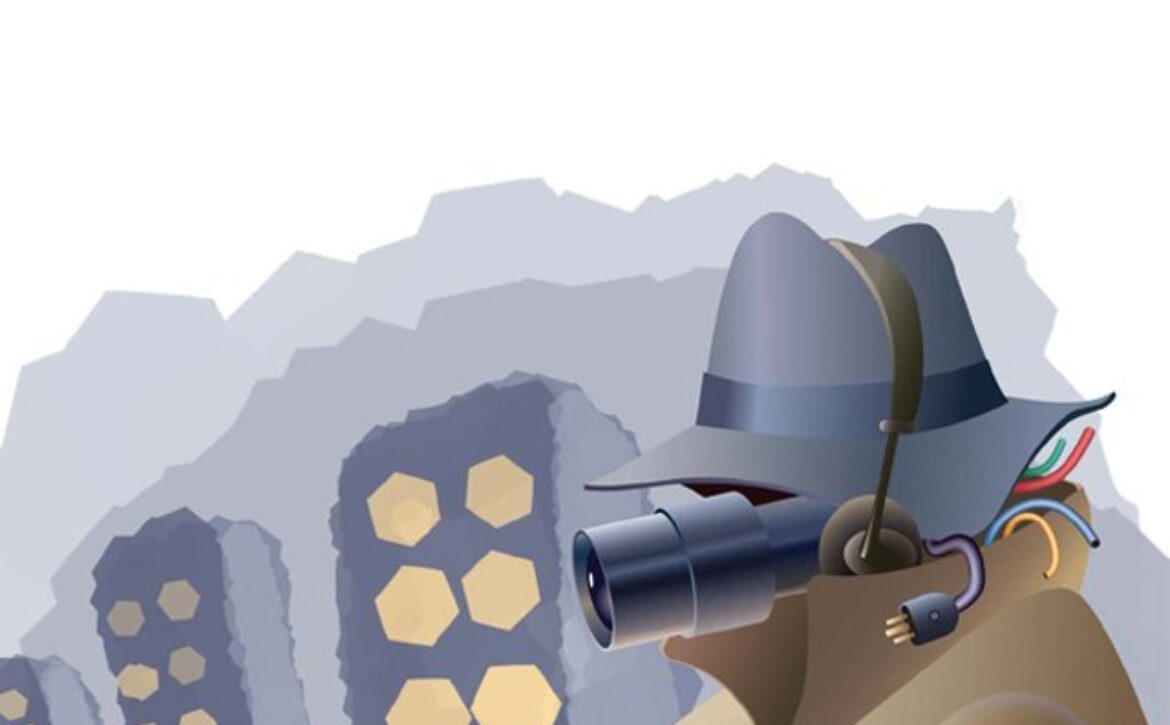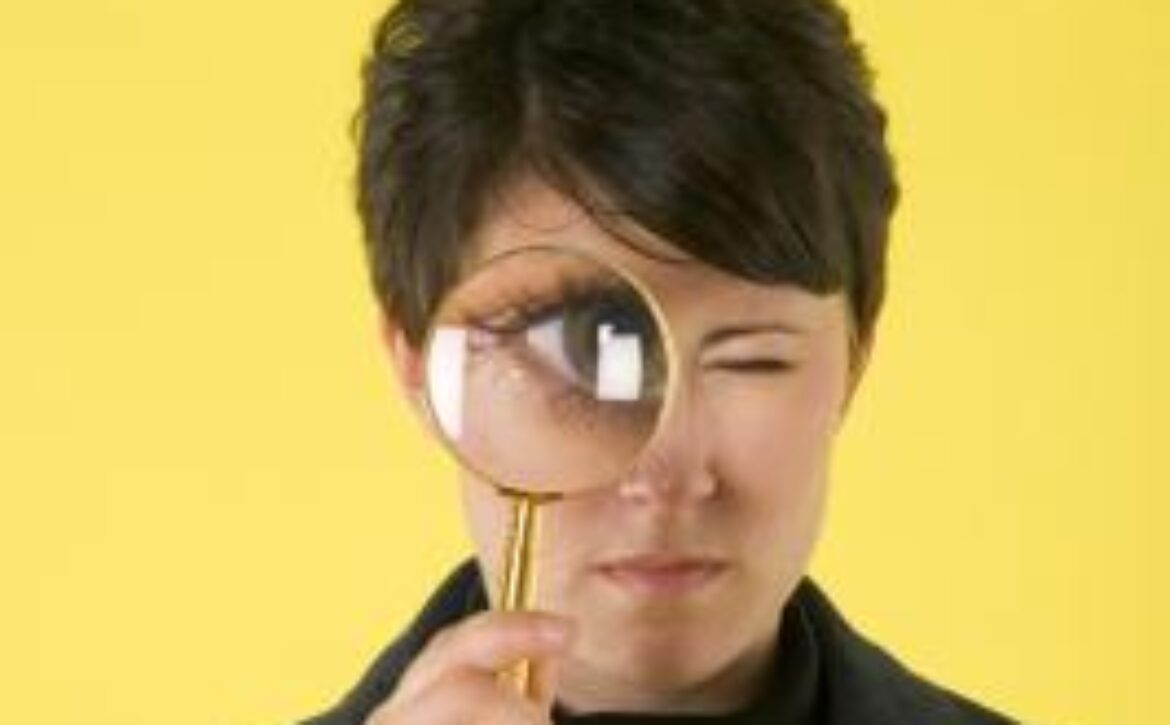Getting a driver’s license is considered a rite of passage for many teenagers. Representative of freedom and adulthood, a teen may spend a majority of his or her time behind the wheel of a car or as a passenger in a friend’s car. But as exciting as being a new driver is, it is also a serious responsibility. Driving requires your full attention, and failing to remain attentive while driving can result in car and property damage, injury, or death. Just note the following statistics:
- According to the Insurance Institute for Highway Safety, over 3,400 teenagers between 13 and 19 were killed in motor vehicle crashes in 2009.
- In 2007, motor vehicle crashes were the leading cause of death among males and female teenagers.
- In 2009, 16 percent of fatal car crashes involved a driver who was reportedly distracted.
- In the same year 448,000 people were injured in motor vehicle crashes that were reported to have involved distracted driving.
- According to the National Highway Traffic Safety Administration, the number of drivers reportedly distracted at the time of the fatal crashes increased from 7 percent in 2005 to 11 percent in 2009.
- Drivers under 20 years of age have the highest proportion of distracted drivers involved in fatal crashes compared to all other age groups.
Road fatalities caused by distracted drivers—especially teens—is an ongoing problem in all motorized countries. Some drivers develop habits while driving that they’re not aware are potentially hazardous. As an ongoing effort to provide the best resources on common driving distractions for teens, compiled below are a list of useful sites that offer information on statistics, laws, and articles on how to avoid these diversions while behind the wheel.
Cell Phone Use
Cell phones present a host of different distractions for drivers of all ages. Handling a cell phone, trying to find one as it is ringing, or being forced to drive with one hand can all lead to compromised driving and less focus on the road. Additionally, the phone conversation itself can distract the driver. A 2006 study conducted by Liberty Mutual Research Institute for Safety and Students Against Destructive Decisions (SADD) found that teens reported texting as their primary cause of distraction while on the road. Due to increasing prevalence of texting-related accidents and fatalities, many states across America have instituted laws to crack down on cell phone use while driving.
Driving while talking or texting is extremely unsafe. Any message your phone receives while driving can wait until you’re at your destination. Crash risk is four times higher while using a hand-held cell phone, according to a 2005 study conducted by the Insurance Institute for Highway Safety. Although text messaging is banned in 31 states, teens still admit to doing so while driving, and studies have found that the bans have not reduced the number of texting-related car accidents.
The Governors Highway Safety Association offers a list of the different cell phone laws for each state. DrivingLaws.org references studies that have investigated the outcomes of cell phone legislation. CellPhoneSafety.org is another resource that highlights the different dangers that driving while distracted by a cell phone can cause. The Insurance Institute for Highway Safety has a list of state laws, research findings, articles and court testimonies related to cell phone usage relative to automobile accidents.
The problem of texting and driving has become so widespread in recent years that it has given rise to numerous websites combating the issue, such as txtresponsibly.org,texting-while-driving.org and dontdriveandtext.org to name a few.
Drugs and Alcohol
The Insurance Institute for Highway Safety states that teen drivers are less likely than adults to drive while drunk, but when they do, the risk of getting in a road accident is significantly higher. In 2009, over five hundred drivers between the ages of 16 and 17 had a Blood Alcohol Content of 0.08 or greater when they perished in a motor accident. The Insurance Institute for Highway Safety offers alcohol and drugs statistics relative to road accidents.
Driving while underage is illegal as is driving while intoxicated. In most states, getting caught driving while under the influence can result in the loss of your driver’s license. In the state of Michigan, alcohol possession can result in a license being revoked regardless of whether the teen is in a vehicle at the time or not. If you do decide to drink, do not get behind the wheel. You can always get a ride from a friend who has not been drinking, call someone to pick you up, or use a professional driving service to take you home. Safe Ride America is a non-profit driver-for-hire service available to teens that have been drinking.
Friends
For teenagers, a driver’s license represents freedom. Without the restriction of a parent behind the wheel, teens may feel permitted to engage in irresponsible behavior while being driving with friends. The result can be deadly: sixty percent of teenage passenger deaths in 2009 occurred in vehicles driven by another teenager. Among deaths of passengers of all ages, 18 percent occurred when a teenager was driving, according to the Insurance Institute for Highway Safety. TheDriversEdGuru.com article entitled “Friends Don’t Let Friends Distract Them While Driving” offers tips to parents on how to talk to teens about keeping their passengers from distracting them on the road.
Music
There are two ways that music can distract a driver. Volume can cause a distraction as can changing music while you drive—whether it’s adjusting your iPod or changing a CD—because it forces you take your eyes off the road. Even if it is only for a few seconds, this can be very dangerous. It is best to have the music ready beforehand to avoid putting yourself and other drivers at risk.
This article from Infoniac details the effects that listening to classical and hard rock music can have on driving.
Road Rage
Emotions can also distract drivers with dangerous results. According to the AAA Foundation for Traffic Safety Aggressive Driving studies, at least 1,500 men, women and children are injured or killed each year in the United States as a result of aggressive driving. Roadragers.com offers an online test and some statistics on driving with road rage, while MonkeyMeter.com provides aggressive driving statisticsof major cities in the U.S.
Other Common Causes of Distraction
Grooming and Preening
Putting on make-up, brushing your hair or checking your teeth for food particles require looking away from the road and can therefore put you and other motorists at risk. Softpedia has an article that discusses the findings of a British study regarding crashes caused by people who were applying make-up while driving.
Being Lost
Drivers can be distracted while reading a map or looking for a particular street adress. It is also easy to become distracted on unfamiliar roads, especially at night. To avoid this, it is best to have the best sense of where you’re driving before you get behind the wheel. Learning or printing out directions from Google Maps, Mapquest or Yahoo! Maps can let you know what to expect. If you have a passenger, it is best to have them assist you with directions. If not, pull over to the side of the road if you need to review or reassess your driving directions.
Eating and Driving
Eating, drinking hot beverages or rummaging through bags for food can distract drivers and lead to accidents and injuries. It is best to wait until you’ve reached your destination to enjoy your meal. If you cannot wait, park your car and finish your meal.
Fidgeting
Fidgeting with car controls can also cause drivers to look away from the road.
From the U.S. Department of Transportation, Distraction.gov has statistics related to distracted driving. NHTSA Traffic Safety Facts offers a .pdf file with research findings from studies about driver distraction.
Other Edmunds.com Links
Additionally, Edmunds.com contains more information specific to teen drivers.Graduated Driver Licenses discusses the different levels of licenses for teens based on their age and driving experience. Car Insurance for Teen Drivers offers more information on tips for finding the right car insurance for new drivers, just in case something happens on the road.
Source








